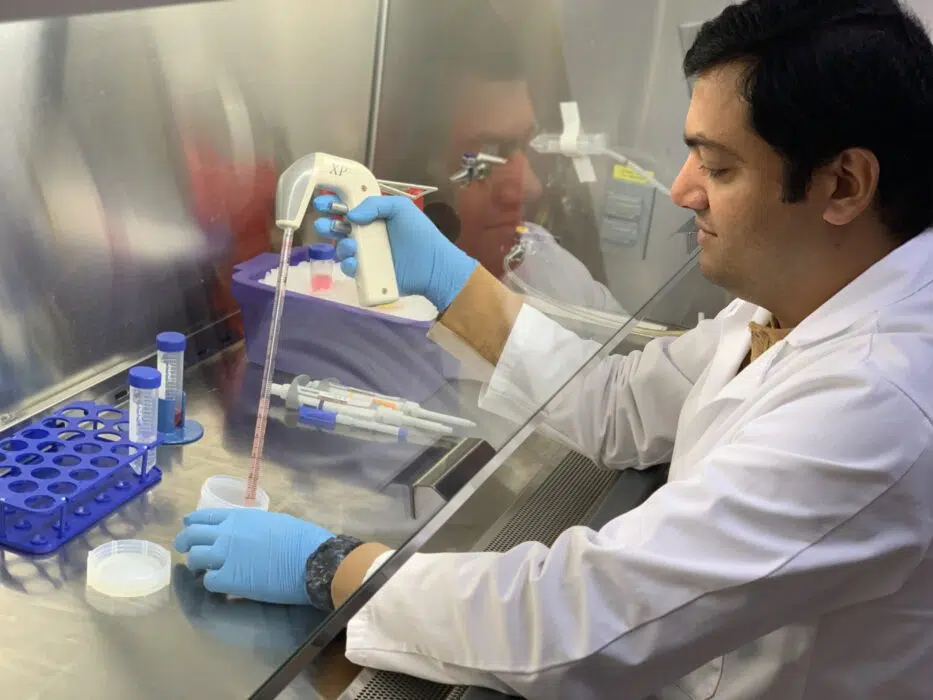By Vivienne Raper, PhD – Genengnews.com
The future of cell therapies should be in off-the-shelf products using multiplex gene editing during the manufacturing process. That’s according to Rachel Haurwitz, PhD, CEO of Caribou Biosciences.
Haurwitz, whose colleague Justin Skoble, PhD, spoke at at the American Biomanufacturing Summit about innovation in gene and cell therapy platforms, believes that using CRISPR gene editing can produce off-the-shelf cell therapies that meaningfully rival the performance of those tailored to individual patients.

“The future of the cell therapy field should be off-the-shelf, which means [therapies] can be available to a larger patient community,” Haurwitz explains. Off-the-shelf therapies are also seen as simpler to manufacture.
Caribou Biosciences has developed a gene-editing system that uses CRISPR hybrid RNA-DNA (chRDNA) guides to improve on traditional CRISPR Cas9 gene editing. According to Haurwitz, the chRDNA system allows Caribou to conduct multiple gene edits to, for example, remove PD-1 from the surface of T-cells used in CAR-T cell therapies.
The aim is to remove the “brakes” from the cell therapy product to maintain its high tumor activity and improve the clinical benefits, she says.




